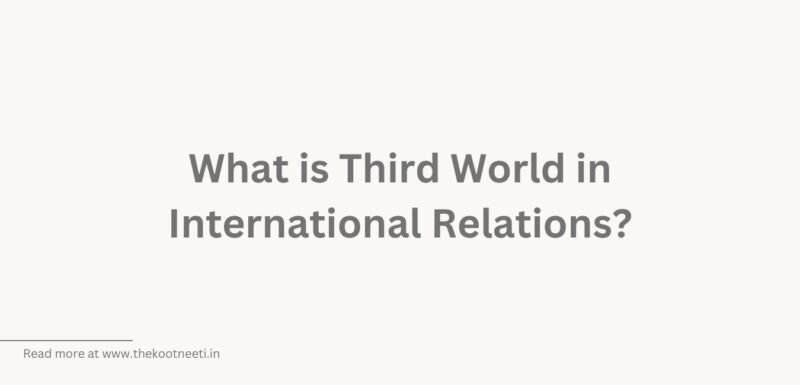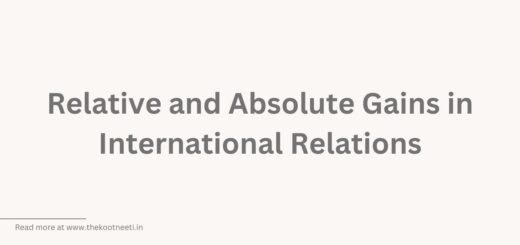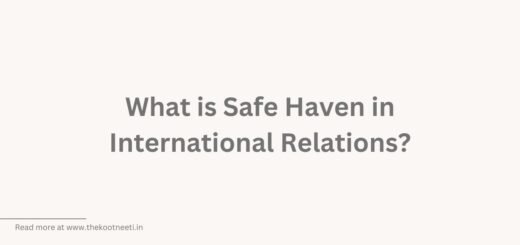What is Third World in International Relations?

The term “Third World” was originally used during the Cold War to distinguish countries that were not aligned with either the Western powers (the First World) or the Communist powers (the Second World). The Third World was generally considered to consist of developing countries that were neither allies of the United States nor of the Soviet Union.
The term “Third World” is now generally considered to be outdated and problematic, as it suggests a hierarchy of development and implies that all countries in the Third World are equally poor and underdeveloped. In reality, there is a wide range of economic and social development among countries that were once classified as Third World.
Today, the term “developing countries” is generally used to refer to countries that are in the process of industrialization and that have a lower level of economic development compared to more industrialized countries. This includes countries in Africa, Asia, and Latin America, among others.
Examples of developing countries include:
- Afghanistan
- Bangladesh
- Ethiopia
- Haiti
- India
- Kenya
- Nepal
- Nigeria
- Pakistan
- Uganda
It is important to note that the term “developing countries” does not imply that all such countries are equally poor or underdeveloped, or that they are static or unchanging. Many developing countries are making significant progress in improving the well-being of their citizens and reducing poverty, and some have achieved high levels of economic growth and development.


















